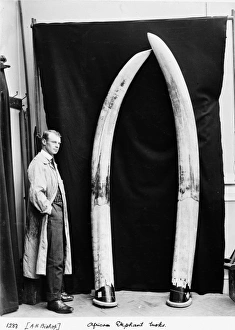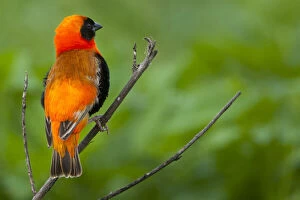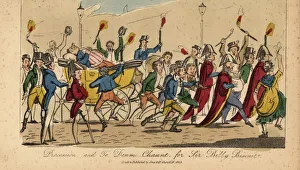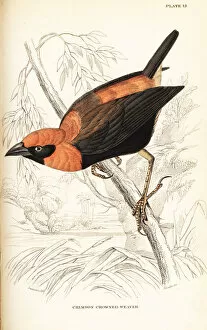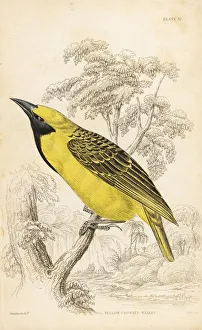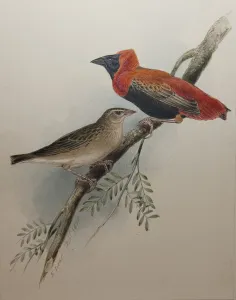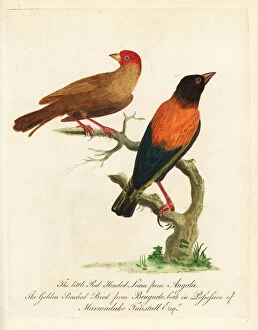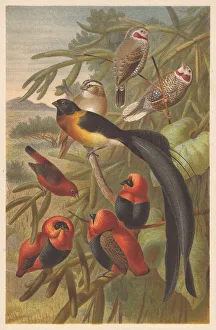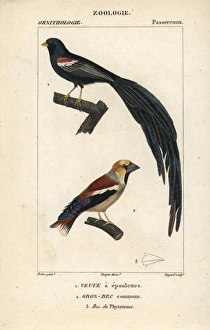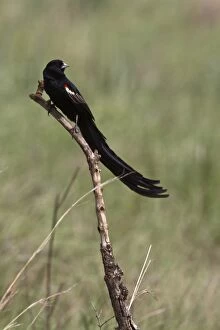Euplectes Collection
In August 1912, a remarkable sight unfolded as Augustus H. Bishop proudly displayed his prized possession - elephant tusks
All Professionally Made to Order for Quick Shipping
In August 1912, a remarkable sight unfolded as Augustus H. Bishop proudly displayed his prized possession - elephant tusks. The grandeur of this moment was captured in the photographs with reference numbers DDE-90022743 and DDE-90022333. However, amidst the opulence, nature's beauty still managed to steal the show. The vibrant plumage of the Black-winged red bishop (Euplectes hordeaceus) and Yellow-crowned bishop (Euplectes afer) added bursts of color to an otherwise monochromatic scene. Delving further into history, we find ourselves transported back to 1821 when William Curtis was welcomed home in a magnificent procession. This event is immortalized in image DDE-90022325, showcasing the pride and joy felt by all who celebrated his return. The Northern Red Bishop from 1834 (w/c on paper) reminds us of how art can capture both elegance and grace within its strokes. Its depiction serves as a testament to the skillful artists who brought these avian wonders to life. Amongst these captivating creatures stands out one particularly striking species - the Golden-backed bishop (Euplectes aureus). Its radiant golden feathers shimmer under sunlight like rays of pure enchantment. Birds Nests engraving takes us on an exploration through intricate architecture crafted by feathered architects themselves. These nests are not merely homes but masterpieces built with precision and care. Weavers (Ploceidae), lithograph published in 1882 showcases various species within this family known for their exceptional weaving skills. Their ability to create intricate patterns using grass or other materials is nothing short of awe-inspiring. Finally, our journey concludes with Euplectes axillaris - better known as Fan-tailed widowbird. With its long tail feathers gracefully fanning out like delicate brushstrokes against an azure sky, it epitomizes elegance and beauty.

